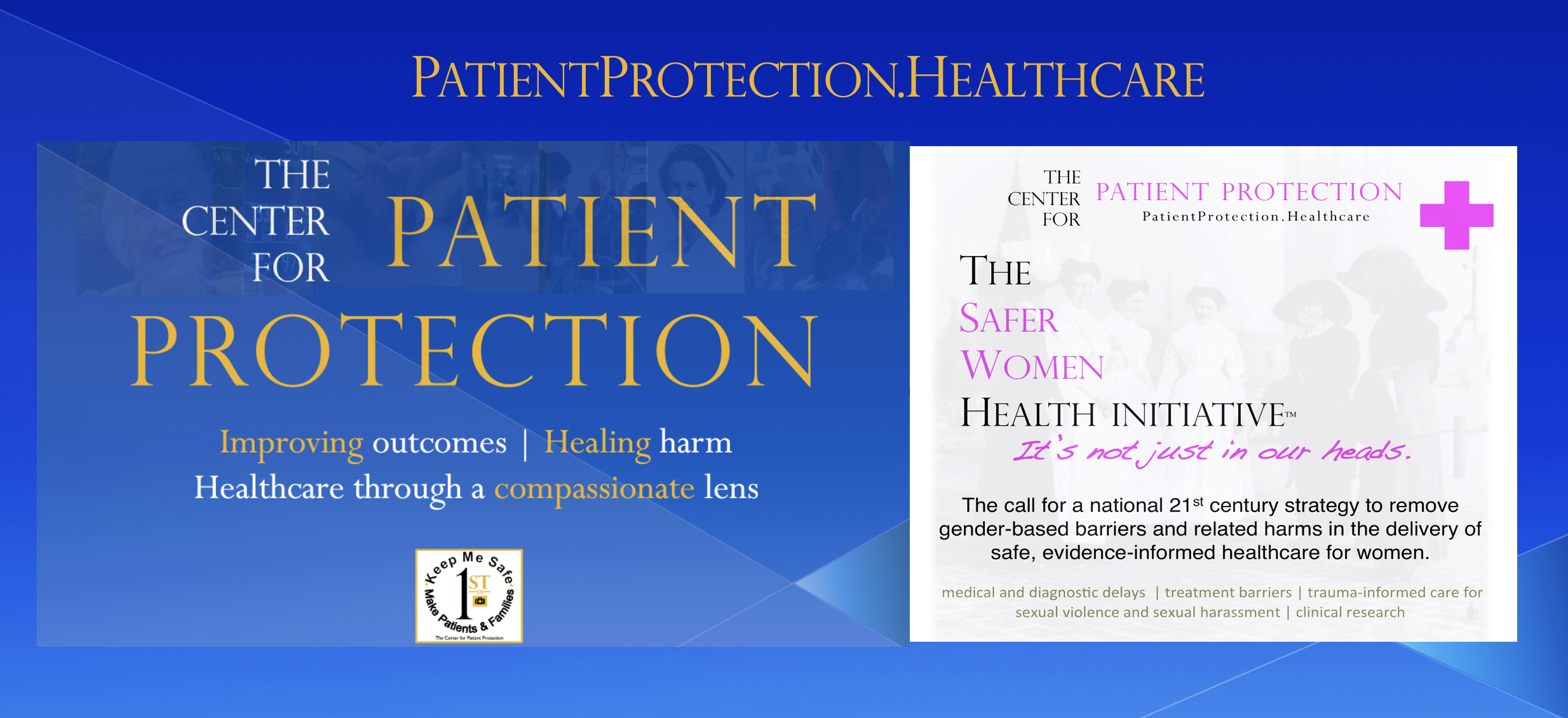 A government agency in Ontario has called for nursing homes in that province to re-evaluate their use of anti-psychotic medications like quetiapine (marketed under the brand name Seroquel). Health Quality Ontario says that up to 60 percent of residents in some nursing homes are receiving the drug. In the majority of cases, the medication is being administered to residents who have not been diagnosed with schizophrenia or bipolar disorder, which are the only uses for which the drug has been approved by Health Canada and the Food and Drug Administration in the United States.
A government agency in Ontario has called for nursing homes in that province to re-evaluate their use of anti-psychotic medications like quetiapine (marketed under the brand name Seroquel). Health Quality Ontario says that up to 60 percent of residents in some nursing homes are receiving the drug. In the majority of cases, the medication is being administered to residents who have not been diagnosed with schizophrenia or bipolar disorder, which are the only uses for which the drug has been approved by Health Canada and the Food and Drug Administration in the United States.
Instead, it is being given as a sedative or as a form of “chemical restraint“. As the HQO report notes, there is an established risk of falls, stroke, pneumonia and, among the elderly with dementia, death, when this drug is prescribed. So great is the risk associated with the drug, and especially its “off-label” use that since 2008 the FDA has required a bold “black box” warning before the drug can be dispensed.
Abuse of these drugs, and the failure to properly disclosure their risks to patients and families has been a long standing problem in the nursing home setting in the United States. In 2011, the Office of the Inspector General responsible for Medicare and Medicaid found that 88 percent Medicare claims for antipsychotics used on nursing homes were for “off label” (i.e. non-approved by the FDA) uses.
An NPR investigation aired last December pin pointed a number of cases of serious abuse, adverse side effects and even death from the drug.
For at least a decade, warnings about the improper use of Seroquel have been mounting. It has also been connected with sudden deaths in the U.S. military. So far-reaching is the devastation from this drug, and so widespread its prescribing abuse, that in 2010 its manufacturer, AstraZeneca, paid $520 million to settle federal allegations that it intentionally pushed the drug for unapproved uses, including insomnia.
What is missing from these studies and investigations, however, is the abuse of the drug that is occurring in the hospital setting.
I learned about the dangers of Seroquel the hard way, when my elderly mother was hospitalized following a severe brain injury. She was given multiple doses of Seroquel each day. The family’s consent for the use of the drug, which is required under Ontario’s Health Care Consent Act, was never sought or given. The side effects and risks of the drug, which are significant, were never discussed. My mother was never diagnosed with anything even remotely approaching schizophrenia or bipolar disorder, the intended conditions for the drug’s use. It was given to sedate her, pure and simple. It almost cost her life, and certainly cost her a significant quality of life.
One day early in her three-month stay, Seroquel was given to my mother, along with morphine. This volatile combination is known to depress the respiratory system. Within a few hours, that’s exactly what happened. My mother suffered a respiratory arrest followed immediately by a cardiac arrest. She was found by nursing staff without vital signs. By some miracle she was revived. But she was left permanently disabled and has required 24/7 care ever since.
What is astonishing is that this did not happen in a prison or an old-age home. The misuse of this drug, even with all the adverse events that have been documented throughout the world, occurred at one of Canada’s largest teaching hospitals. When asked to explain the use of the drug, the hospital at first insisted that it had never been given. Only when the documentation in my mother’s medical chart conclusively showed that Seroquel had been administered multiple times each day did they back off from their not-so-clever ploy to evade accountability.
There was never any apology or indication that the hospital intended to change its policies about the use of this dangerous drug.
After my mother was transferred to another hospital, use of the drug continued, despite my family’s insistence that it not be administered. Records show multiple doses were given after nursing staff noted that my mother was “fidgeting.”
That’s how bad it has become in some hospitals. But there is little focus on the use, much less abuse, of these chemical “restraints” in the hospital setting. When a giant teaching hospital can get away with hiding the risks of this kind of drug, or lying about its use altogether, it shows how much needs to be done to require higher standards of transparency and disclosure, and to educate patients and families as to the dangers they can face, in the hospital setting.
Below is an informative video on the dangers of Seroquel.
[evp_embed_video url=”http://mpegmedia.abc.net.au/news/730/video/201311/730m_Seroquel_2711_512k.mp4″ width=”350″ height=”200″]
